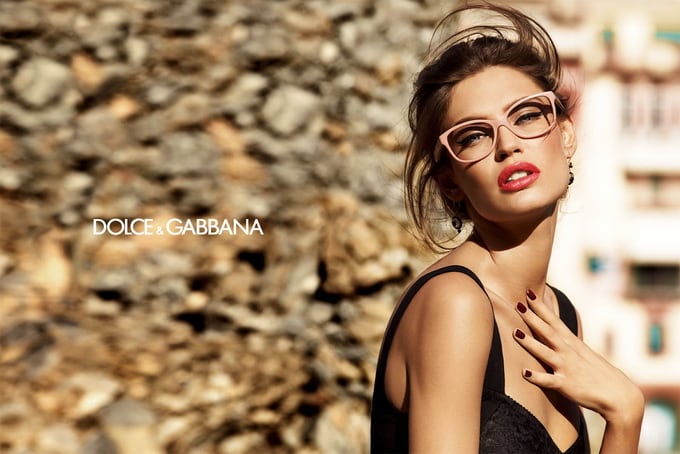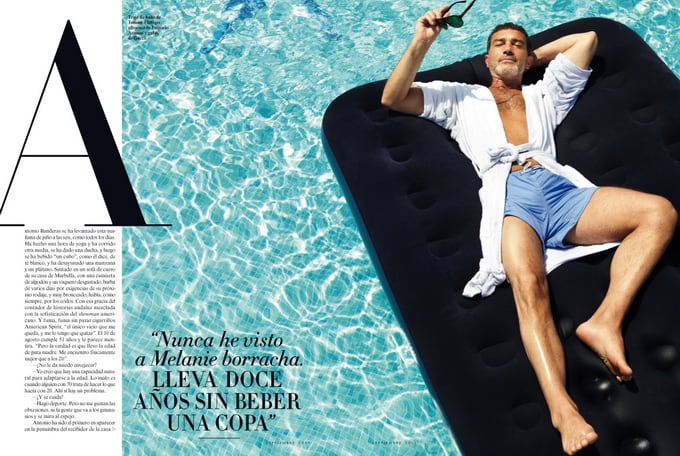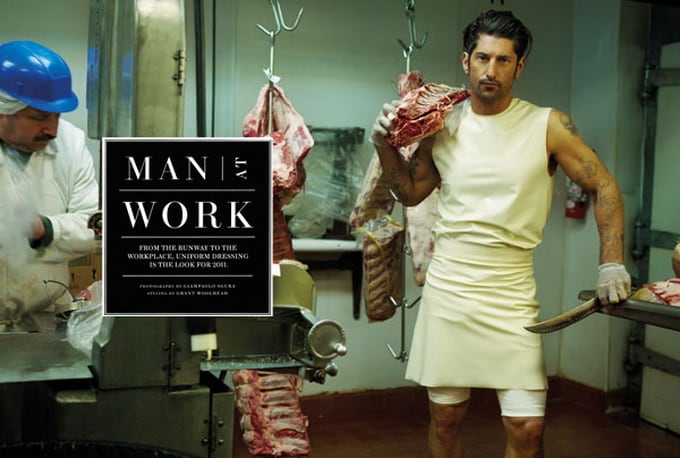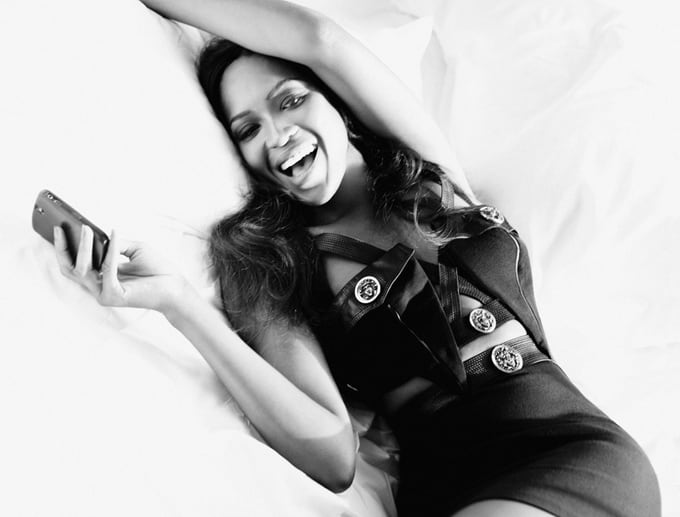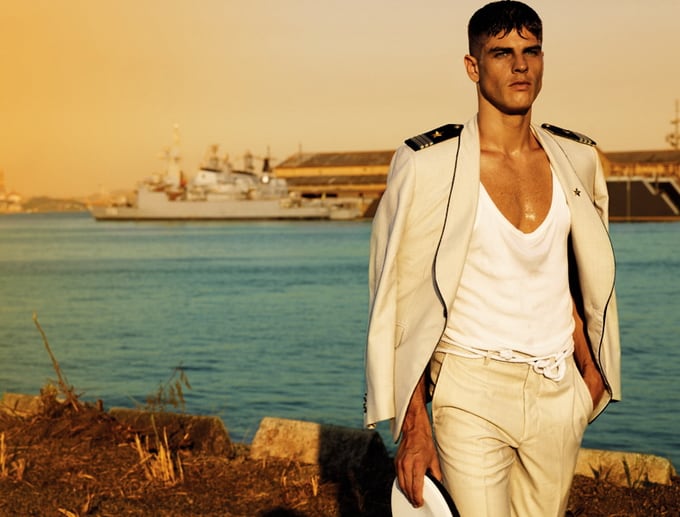Giampaolo Sgura – Italian fashion photographer. His job of legible youthful and lively pictures simultaneously appeal to a seventeen-year-old girl scanning instagram, or even a woman flicking through the pages of vogue wishing to be transported elsewhere. Speaking to the image-maker who is down to the earth, to the point and favorable, and no fuss, it is clear one wants to understand his travel to be able to comprehend his shots have become the subject of voyeuristic fascination.
Sgura was created in Puglia into an agricultural household that makes olive oil. He keenly recalls being fascinated by fashion but had no idea how to enter the evasive world. There was not any career blueprint, and he admits that he didn’t know how to go into the fashion scene. “the idea of being a fashion stylist or possibly a designer was too far removed from my entire world,” he said explaining his move into Milan at eighteen to study structure. He credits the course with introducing into a creative scene which slowly led to a self-education in style and finally photography, even though he admits his fantasy would also be to design. He cites Richard Avedon and Irving Penn as inspirations but is careful to underline his vision is based on the present, especially with his studio job. Such as Penn, he frequently devises plain backdrops for his portraits, focusing his lens on the girls and ultimately her garments, but fueling the frame with his fresh adrenalin.
There’s certainly nothing mechanical about his movies. The photographer says he’s unable to work until he’s sensed that the clothing, selected the accessories and noticed that the model with her hair and make-up done and dressed. “I can’t walk to a studio, set the lighting and then ask the model to arrive, I’m just not that type of photographer, I need to build the scene, and everyone is different he says rejecting a calculated pair in favor of raw emotional responses. He adds, but don’t give me someone naked because I do not know what to do,” underlining his own rigorous self-imposed terms that focus on a photographic engagement coupled with the work of selling garments. His shots market.
He admires his chameleon qualities and his ability to adapt and capture an exciting picture, where the clothes do not get lost. And this is fundamental to his work. “I want to become commercial, it’s not a dirty word in my novel,” he says, refusing to take a lofty opinion of his profession. It is a canny observation and a wise career move. Particularly when one considers that trend remains, for all its lip service to innovation, a conservative industry. This mindset has in no manners impinged on his achievement, and his photographs regularly appear in fashion Paris, fashion Japan, Vogue Germany, Vogue Spain, Vogue Brasil, teen vogue, allure, in style u.s., Hercules, g.q. china, g.q. spain, interview Germany and candy magazine. He’s also taken advertising graphics for Giorgio Armani, Dolce & gabbana, moschino, versace and roberto cavalli. Campaigns do more than showcase clothing. They tell a narrative of the new, along with his italian heritage and observant way are an integral component of his successful photographic package. Sgura’s memorable chance of an ice blonde (see editorial) is reminiscent of a lot of his work, and a classic example of why elegant suspense is worth more than surprise. Centered in the frame, the enigmatic heroine, well dressed and sexy fixes the camera with a smoldering gaze, peering out of an open window. All we know of sgura’s mysterious lady is that she’s looking for something and she is wearing clothes that are great. “in my view, my photos do not need too much information. It’s more interesting to me personally when the viewer utilizes his or her imagination, and matches in his or her own narrative to the film.” What one does eliminate though is the lady in question is strong, powerful and recalls the custom of sexy italian women. Gestures and story telling animate the ensemble of sgura’s inclusive pictures which are often featured in fashion books and big-advertisers, attuned to his glamorous personal language. Stylistic magazines leave him and he admits he’s never chased the cool scene. Of its time, his visuals have a sensual quality, which relates to some previous mission statement about style resembling the simple character of sex.
In keeping with his Italian legacy he sees his work as part of their household, so much so that if asked if he has a favorite picture, he replies, “they mean a great deal to me personally, I am proud of them all.”









